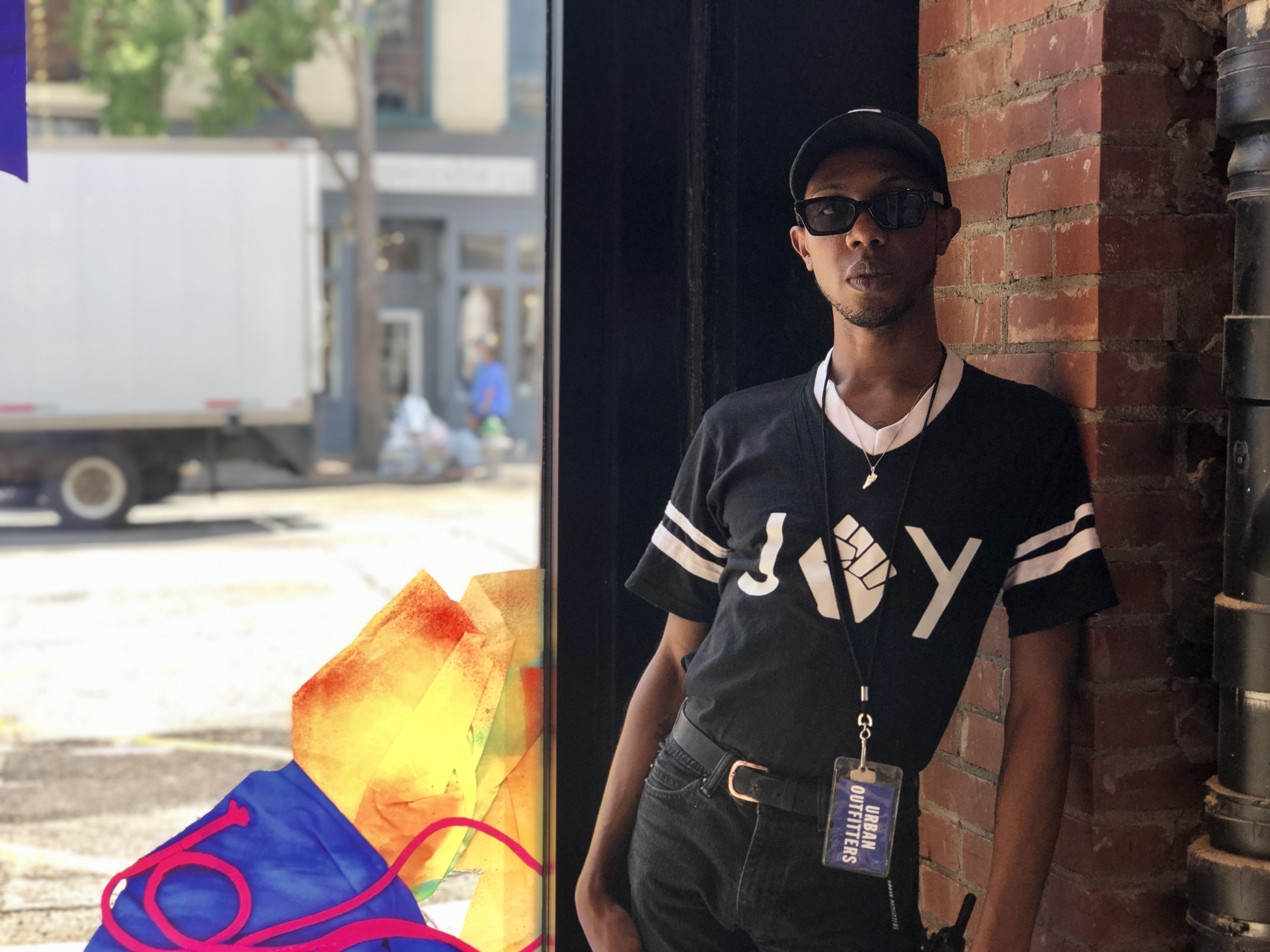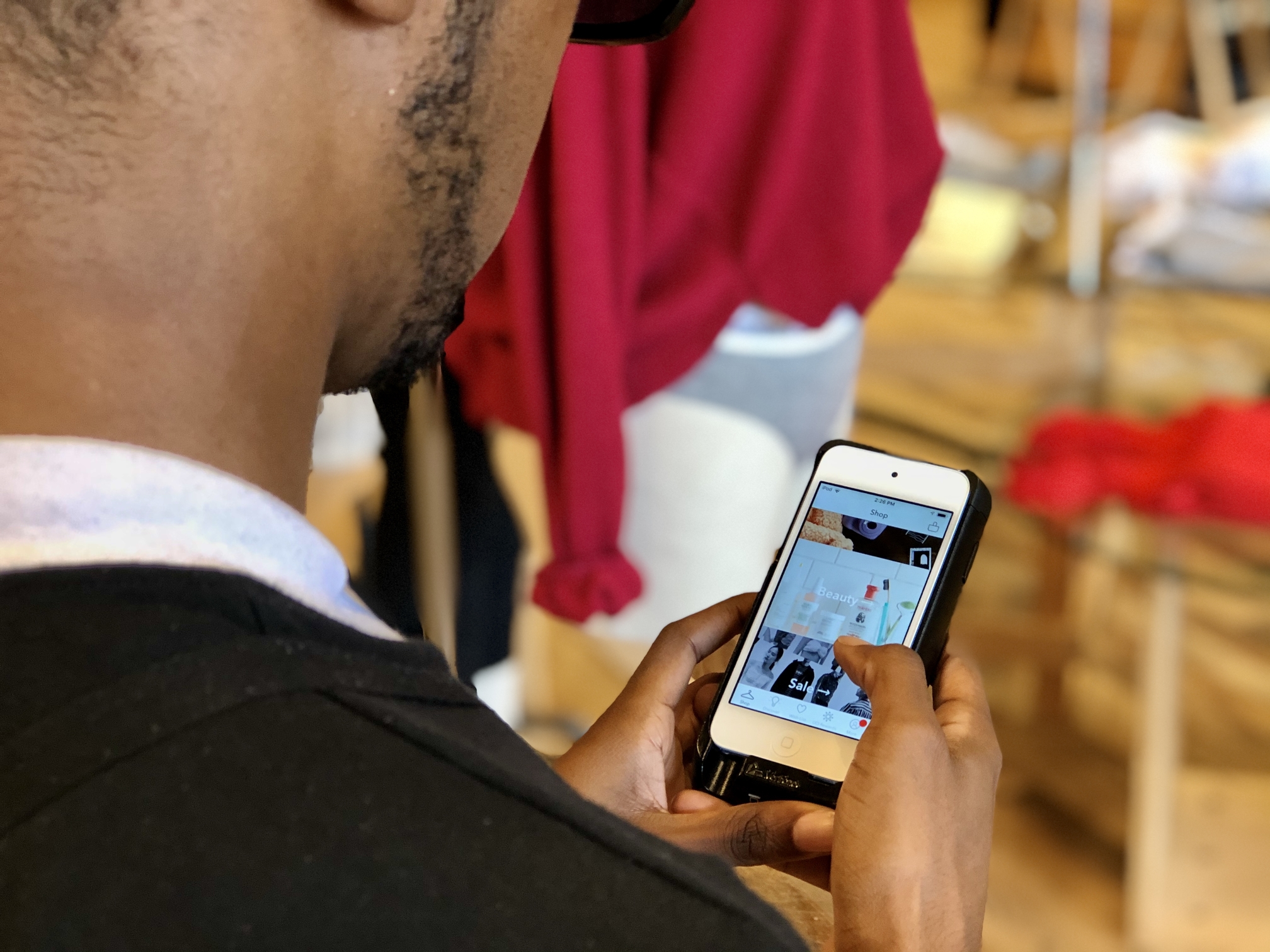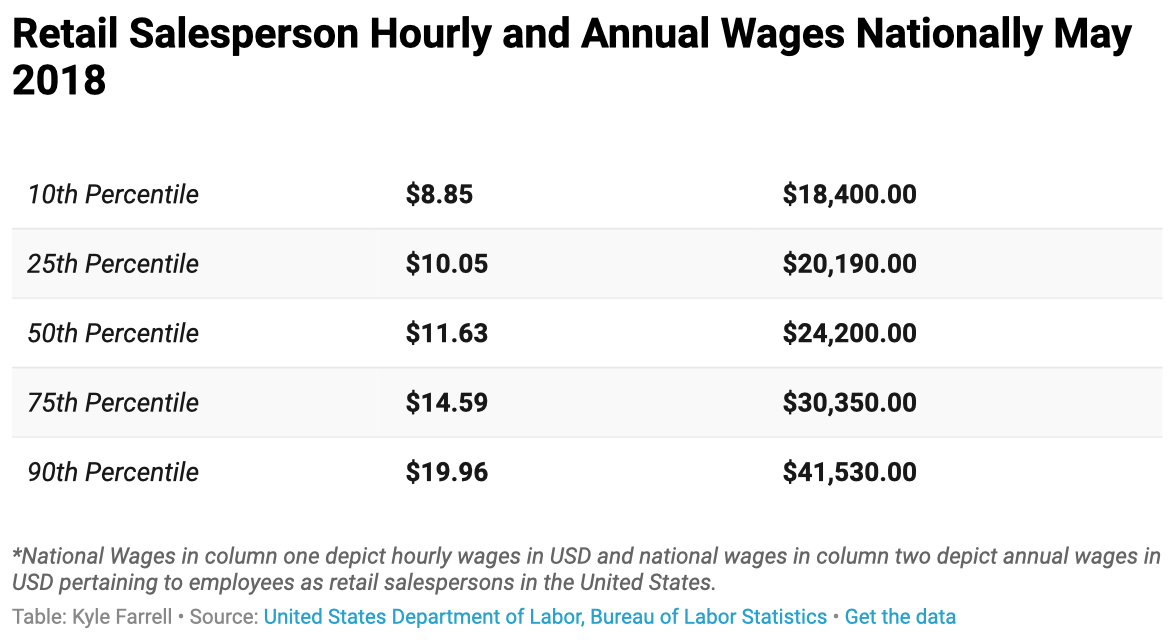It all started out with pieces of fur and hands to tie them around the body, but today the fashion industry is one of the highest-grossing industries in the world. From culture to social fads, fashion and design have their place in our everyday lives since the beginning.
As the world advances to become more sophisticated, so does our attire—whether it is mass-produced in a factory or handmade by the highest skilled designers and seamstresses. Fashion and design today has innovated into the highest level of attention to detail than ever before.
Why It’s Newsworthy: Clothing is not going anywhere anytime soon. The fashion industry as a whole relies on technology and has to adapt to survive in a highly competitive market through app development and notable customer service.
It is hard to imagine where we go from here. Could the future of the fashion industry be at the grasp of our fingertips or will we have to wait an extensive amount of time for a new revolution of clothing and style?
World Wide Wardrobe
In the last decade, the internet as we know it has developed into a remote social community. Pioneering social media apps—such as Instagram, Facebook and Twitter—have connected the world beyond imagination creating global trends, sending instant updates and even linking together people of similar interests and relations no matter their locations.
This ultramodern movement quickly made its way into the fashion industry as well. Successful brands have found a way to market themselves towards their consumers’ styles and tastes by analyzing data of what’s hot and not. With this data, brands have even made their move to e-commerce or online shops. This gives customers the ability to browse and buy their products without having to leave their homes.
Mike Karanikolas, co-chief executive of Revolve Group, the fastest growing e-commerce clothing company in the nation, told the Los Angeles Times, “fashion shoppers were growing weary of having to trek to bricks-and-mortar stores to shop for clothing, unsure of whether they would find what they were looking for.” The popularity that e-commerce has received over the past couple of decades has been directed by customers who search endlessly online until finding a product they want to buy.
Many apparel companies have used this information as inspiration to kick-start their own online shops. This is a benefit for smaller businesses and designers that may lack resources to open a brick-and-mortar location also. In addition to their online stores, their social media presence is important too. This method of keeping an online social portfolio is an effective market strategy to pull in more potential buyers that may find their feeds to be aesthetically pleasing. Hiring models and social media influencers with a high following elevates their ability for greater success against their competitors.
It does not seem that this social media movement is going to slow down anytime soon. As more companies follow the same path that has proven to be successful with the times, it appears this is what stores and others with similar products are going to continue to do.
But what does this mean for their already established brick-and-mortar stores and the employees that work in these locations?
Retail Reform

The growth of e-commerce has begun to make its mark in Northeast Georgia. Urban Outfitters, a popular conglomerate clothing brand, is located in the downtown area of Athens, Ga. Damion Stinson is a senior team leader of the store.

Stinson was able to explain how their mobile app pairs well with their store and in-person customer experience.
Social media really helps us interact with the local Athens community because most of our customers already have an Instagram or other means of interacting socially online,” Stinson said. “When customers come in, they already feel connected to the space because they are already familiar with our look and products.”

Stinson said he was not as worried about how e-commerce may affect their business and independent financial goals as other stores may be because of their social media presence and popularity among younger buyers. With this in mind, he knows that they will be coming back to shop if their experience is a good one.
Urban Outfitters targets the younger market, such as Millennials, because of current trends that the majority of younger buyers love. When set in a college town, the possibility of losing business is slim in Stinson’s opinion.
“While we are downtown and attract a lot of foot traffic in our store, it also benefits other stores neighboring us in the downtown area,” Stinson said. “Since the opening of this location in 2015, shoppers are attracted to the store and sometimes go next door when they see other clothes and products they may like too.”
Stinson does have some doubts concerning job loss in the retail business. “Technology seems to be getting more intelligent every day and that could cause some panic and trouble in the future,” Stinson said. “But working in retail, I have learned that customers seem to prefer another person helping them finding the right product or clothing that works best for them––especially if they are unsure of what to get and want something new or in style.”
Innovation and Impact
E-commerce and its popularity among retail companies and customers may have an impact on their brick-and-mortar locations and the financial well being of the employees who work there.
According to the Harvard Business Review, “For the last 10 years, the largest occupation in the United States has been retail sales, with a median hourly wage in 2018 of only $11.33.”

While business is booming for many companies who sell their products online, the median retail salesperson hourly wage is less than $15. As the largest occupation in the United States, this may be alarming to those in the retail field. If technology progresses and storefronts possibly close, the low income of those employed may have to rely on a second job in order to make ends meet.
As for predicting the future of retail, Stinson thinks that it is more important to be in the present and that tradition is dying. In his opinion, every store has different expectations and knows their customers, giving them a better grip on what to expect than a prediction ever could. Automation and a push for an internet-driven brand should not discourage workers from pursuing or entering the retail industry. Being the largest occupation in the country and customers preferring human perception and services, it does not seem to be going away any time soon.
Kyle Farrell is a senior majoring in journalism in the Grady College of Journalism and Mass Communications at the University of Georgia.








Show Comments (2)
Dad’s Printing
Very Awesome and Help full Article. It really helps me. Thanks for sharing this.
Custom sublimation printing
Great Article. Glad to read this article. Thank you for sharing.